If the idea of lasers pointed at your skin frightens you away from the concept of laser skin rejuvenation, we hope to ease those fears! Skin rejuvenation techniques are an excellent way to find your face's more youthful appearance underneath years of aging.
Rejuvenation helps reverse the appearance of lines, wrinkles, scars from adult acne, and other factors that make us appear older. When you see the difference it makes, your dermatologist's skin-renewing techniques are worthwhile.
It's not torture—it's a therapy for your skin! Here are seven benefits of laser skin rejuvenation.
1. You'll Look Younger
Your skin can "age" you beyond your real age. If you've spent a lifetime not worried about skincare, you could look much older than you really are!
It's never too late to turn back the clock on how old your skin looks. Laser skin therapy helps fight the appearance of some of the telltale signs of aging. Dark spots, uneven skin tone, and wrinkles come with aging, but that doesn't mean you have to live with it!
Laser skin rejuvenation helps you look younger by:
- Reducing the size of your pores
- Creating even skin tone
- Improving skin texture
- Bringing your younger, healthier skin to the surface
- Reduce the appearance of acne scars and other dark spots
- Smoothing fine lines and wrinkles
2. Deep Cleaning
Think baby skin or young children. Their skin has a pure appearance that keeps them looking younger than those of us with aging skin.
No matter how strict you are with your face cleansing routine, sometimes you can't clean away dirt trapped in pores or small wrinkles. Your pores cling to dirt that can age the appearance of your face.
Laser therapy can help deep clean those areas that even the best facial cleansers can't treat. During a treatment, the laser removes the top, very thin layer of skin where dirt and grime can accumulate. With continued therapy, your skin's surface becomes youthful and pure again.
3. It's Not Surgery
One of the best perks of laser skin treatment is the minimally invasive technique! Your skin won't require much downtime to heal and return to your normal skincare and cosmetic routines.
The laser doesn't cut or slice into your skin. It's a safer treatment with minimal risks to maintaining a more youthful appearance. Some patients minor discomfort during the procedure. Side effects include some redness and swelling.
However, within a few days, your face shines brighter (and younger) without the prolonged effects caused by facial restructuring surgery.
4. Boost Collagen Production
This might not sound like a benefit, but it is. When your aging skin begins producing more collagen, your skin can retain a more youthful appearance longer.
As we age, our skin loses collagen. When our body stops producing as much collagen, our skin loses elasticity. The elasticity in our skin is what keeps wrinkles away.
Laser skin therapy helps trigger your skin to begin producing more of the vital collagen we need for our skin to stay firm and form fewer wrinkles.
5. It's Cost-Effective
We already mentioned that this kind of therapy isn't surgery. It's also not expensive as some face reconstructive surgeries and other procedures to prolong the signs of aging.
Your dermatologist handles each therapy session, which means you aren't paying for a surgeon, anesthesia, or after-care. Laser skin rejuvenation therapy takes place during an office visit and is an affordable way to help find your youthful look again!
6. You'll Still Look Like You
If you're hesitant to try laser skin therapies because you're afraid of what you'll look like afterward, there's no reason to hesitate! Because the procedure isn't a facelift or surgery, you don't have to worry that you'll lose "you" during your treatments.
This type of therapy is one of the best ways to anti-age without changing the structure of your face. You won't regret laser therapies like you might if you experience a botched facelift or plastic surgery that doesn't turn out the way you hoped after you heal.
Skin rejuvenation takes a minimal approach for big results! Our lasers burn away skin damaged by the sun or the effects of aging. The process helps encourage new skin cell growth to replace your aging skin.
The results are a more youthful appearance—not a new face that you can't recognize. You might notice that you start looking like you did a few years ago. It's a subtle way to keep the effects of time under control and look as young as you feel.
7. It Lasts
Some skin and face procedures require frequent updates to maintain the changes you want to achieve. If you choose creams or lotions to help your skin look younger, the effects can stop when you stop using the products.
Laser skin therapies last! When the treatments successfully erase acne scars or sun damage, it doesn't come back. New skin replaces the damaged skin, which means you don't need ongoing treatment to keep the same scars or damage away.
We can't promise you'll always feel as young as you'll look after you laser skin treatments, but you'll be pleased with the permanent effects of laser resurfacing when you see yourself in the mirror every day.
Choose Youth With Laser Skin Rejuvenation
We can't make you "truly" younger, but we can help your skin look more youthful. The experienced dermatologists at Miami Skin Dr. can help you with the right laser skin rejuvenation treatments to help you resemble yourself at a younger age.
We'll coach you through how the treatment works and what to do to prepare for your therapy session. We also follow up with our patients to make sure you love your results! Contact us with any questions you have about this quick and safe procedure or to book your appointment.

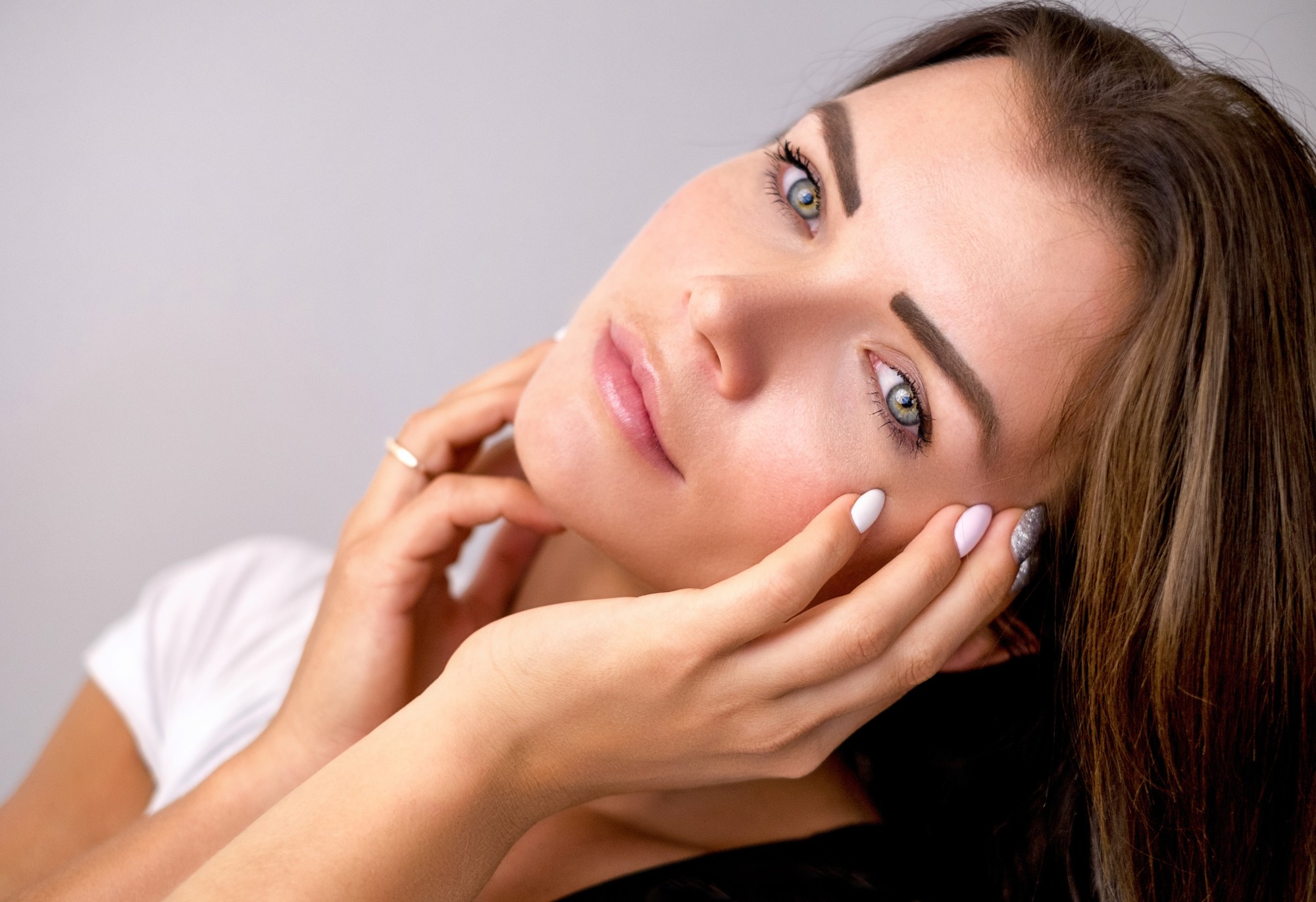
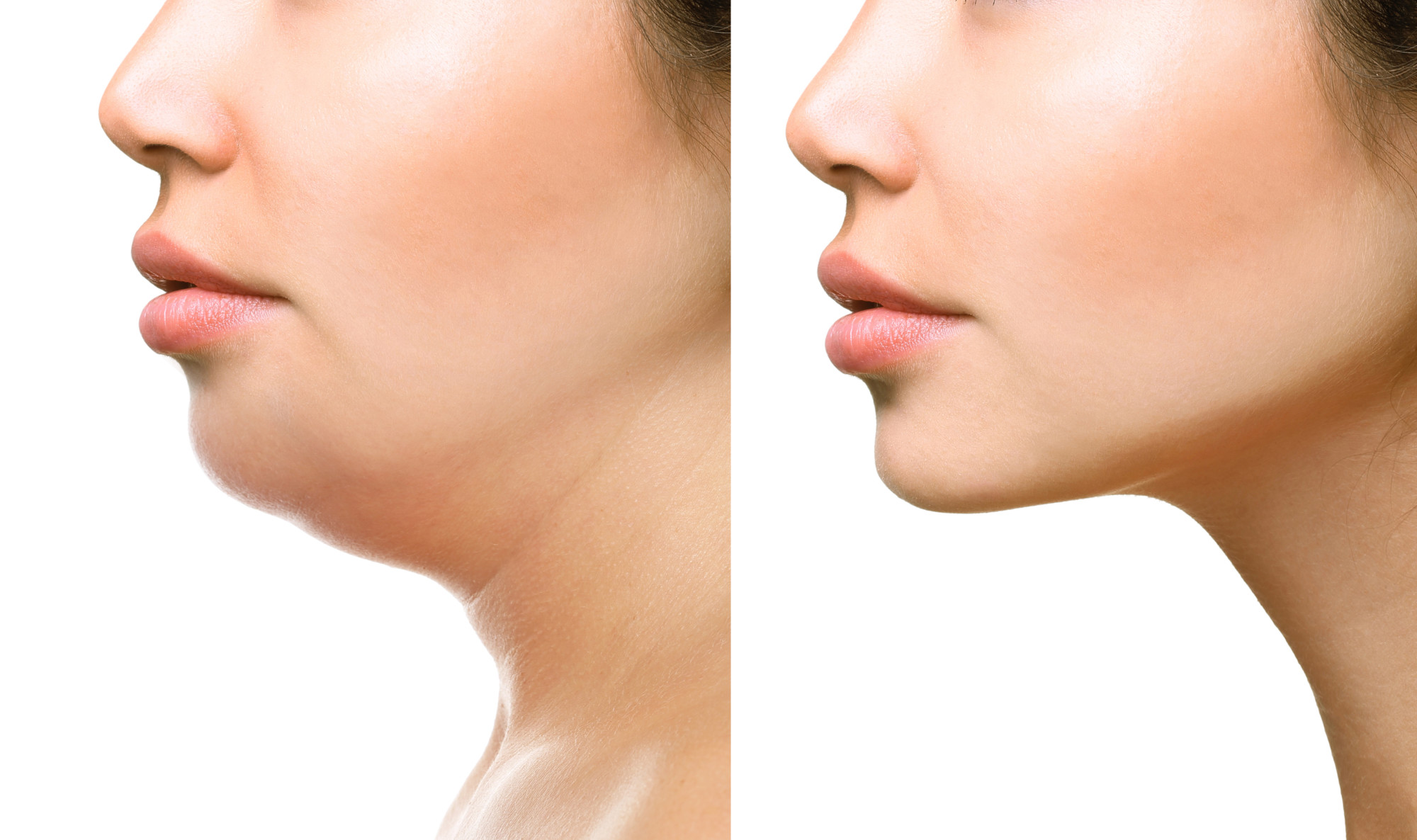
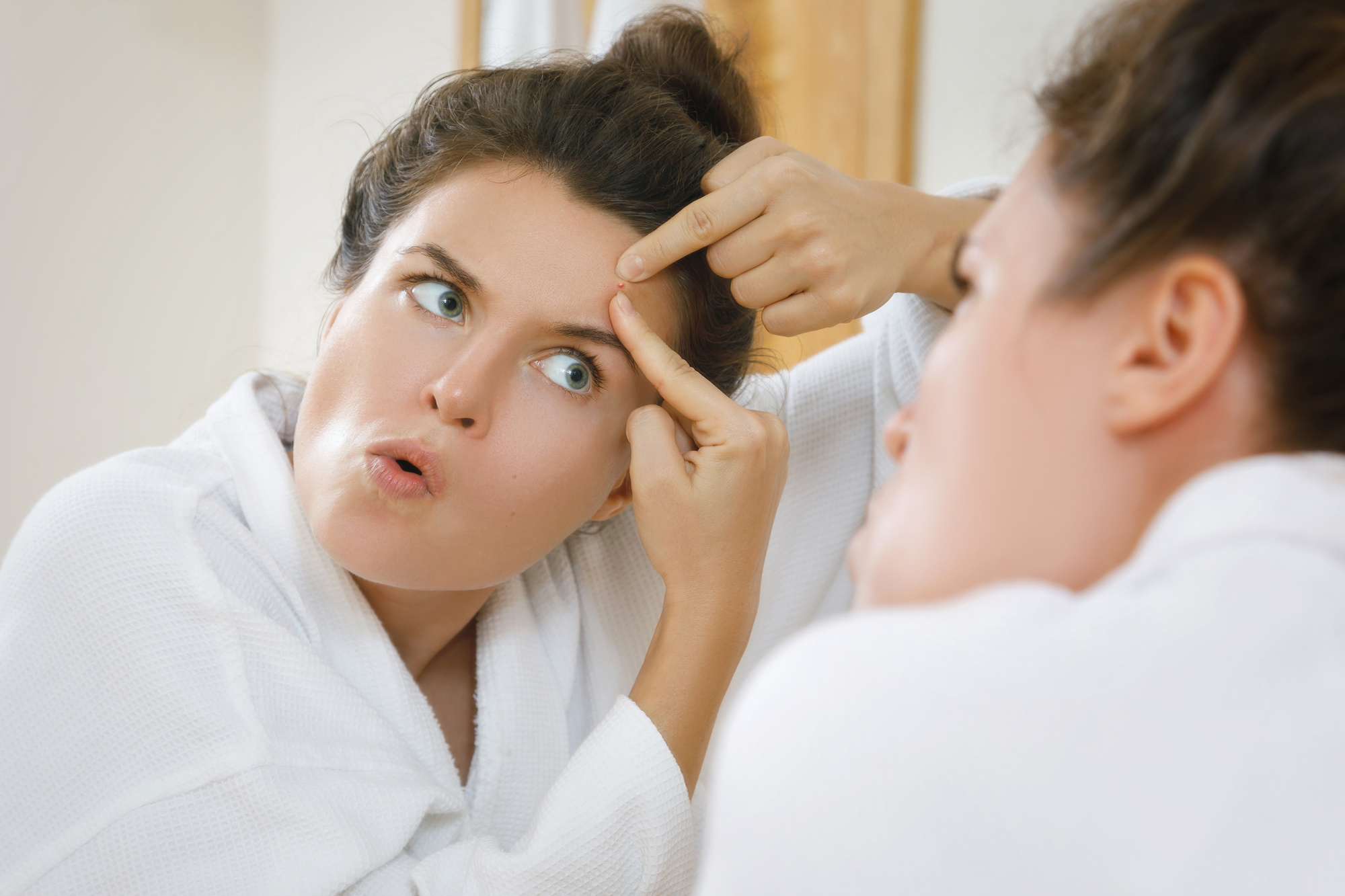
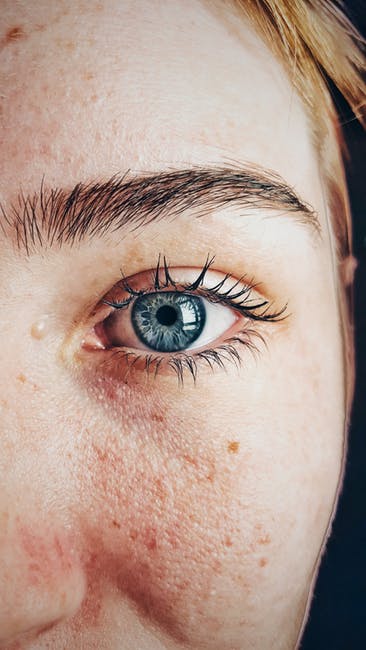
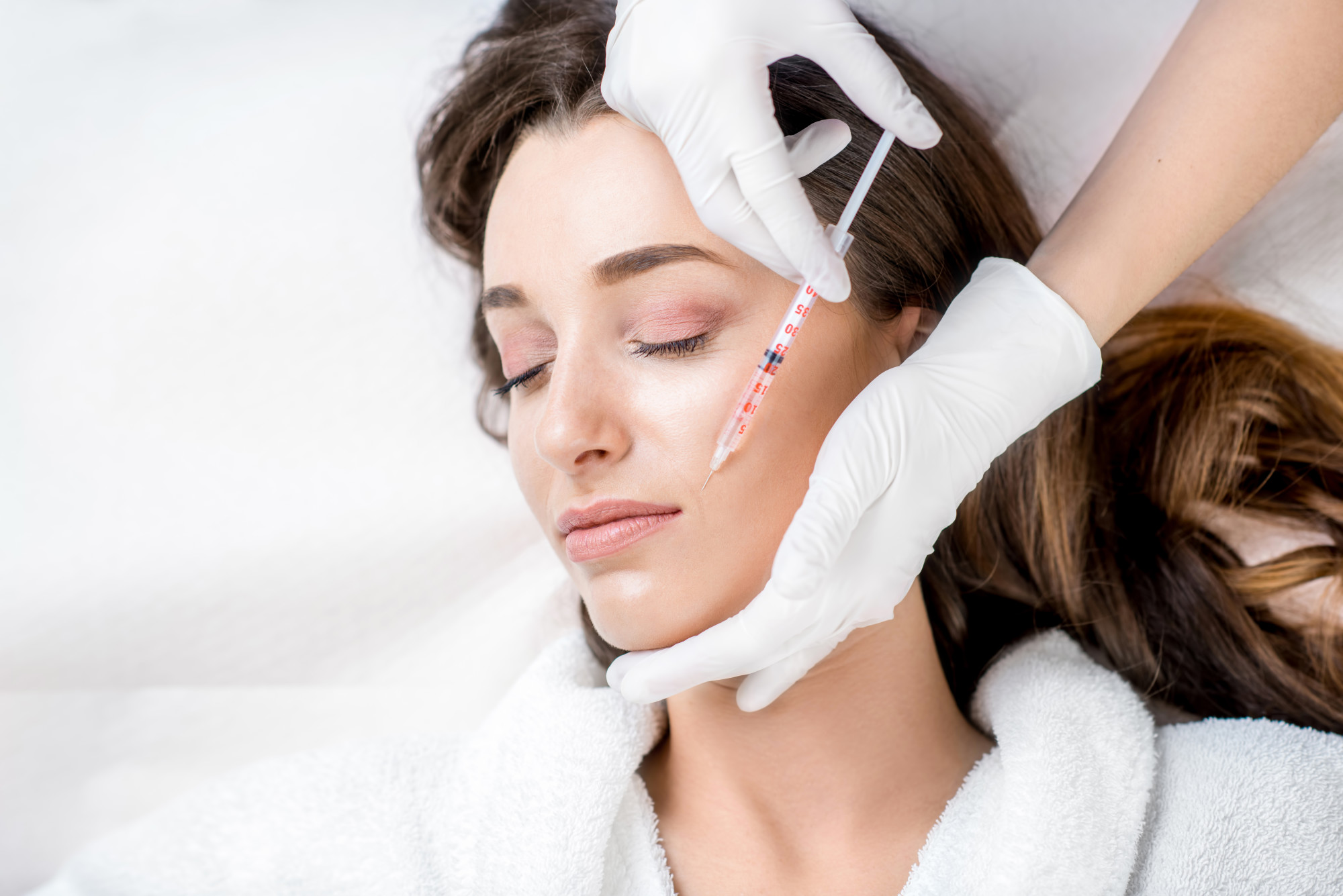
Comments